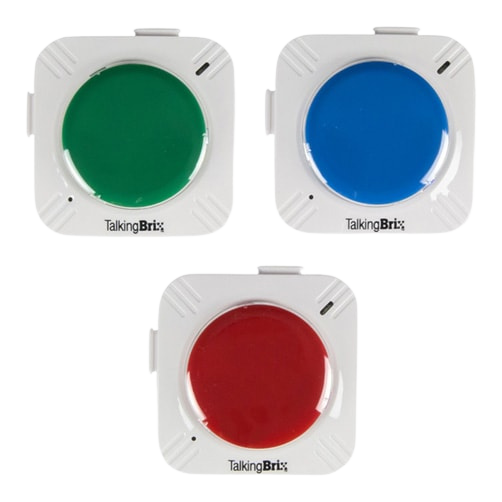On Tuesday August 11th Therapro hosted another successful webinar, Assistive Technology Tips and Tools. Our presenter, Abbie King M.S., CCC-SLP, gave a great overview of assistive technology and shared some great tips and tricks for assistive technology with attendees!
As a very important first step, Abbie shared the differentiation of assistive technology and augmentative-alternative communication. To further highlight this, she presented the Assistive Technology Industry Association’s definition of assistive technology:
Assistive technology (AT) is any item, piece of equipment, software program, or product system that is used to increase, maintain, or improve the functional capabilities of persons with disabilities. (https://www.atia.org/home/at-resources/what-is-at/)
Next Abbie elaborated on the differentiation of low, mid, and high tech assistive technology. The greatest takeaways of the evening were the fantastic examples and explanations Abbie provided for each of the different types of assistive technology.
Tips & Tools: Low Tech Assistive Technology
To facilitate grasp, Abbie demonstrated the use of EazyHold Universal Holds. These are a great way for individuals who have decreased hand strength to hold everyday objects, such as paintbrushes! Abbie had a great tip for attendees, use hair elastics if EazyHolds are not readily available. She also demonstrated some great ways to adapt books for individuals who have decreased manual dexterity, how to use a glove to facilitate iPad access, how to make hot spot books, and how to use mainstream items to solve a variety of access challenges. Abbie’s creative ideas were well received by attendees, as one attendee commentented:
“The examples of low tech materials were outstanding and so functional for day to day routines. Loved the diversity of usage for the materials!” -KE
Tips & Tools: Mid Tech Assistive Technology
Abbie introduced and explained some great mid tech assistive technology tools including the Power Links, Step-By-Steps, TalkingBrix, and Time Timers. She also demonstrated ways to make everyday items, like a bubble blower, accessible by using a battery interrupter and a switch.



Tips & Tools: High Tech Assistive Technology
Given that many classrooms are continuing with some form of remote learning for the upcoming school year, one of the most relevant topics covered during this webinar was Google extension and built in computer accessibility features. Viewers left with some great tips for making virtual learning sessions more accessible with Google extensions for text to speech, spelling and grammar, and comprehension. She also demonstrated some great built in accessibility features like captions.
